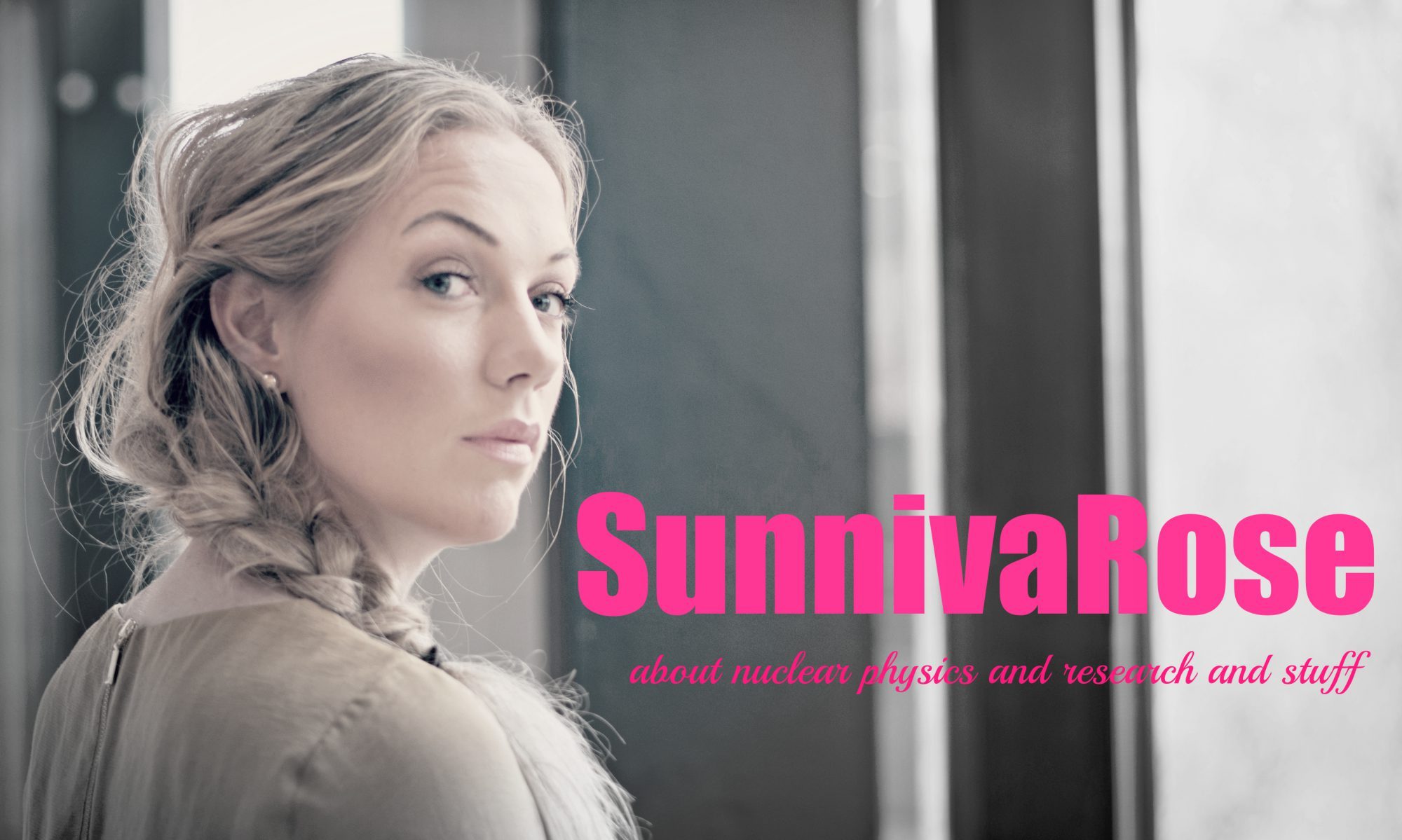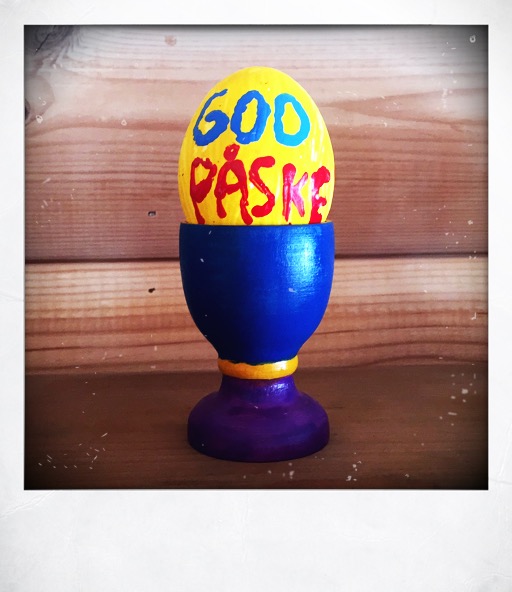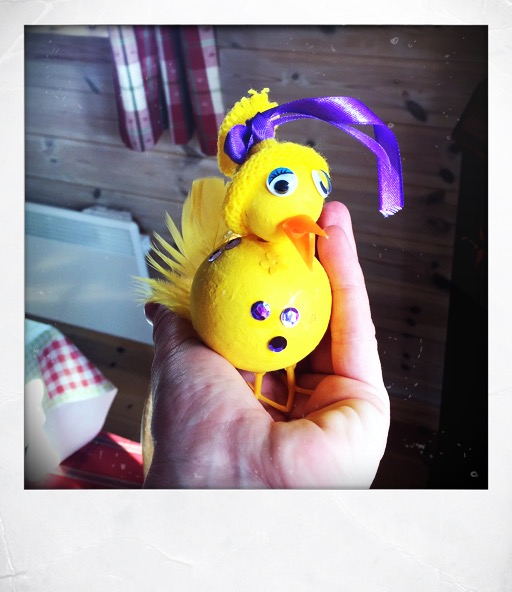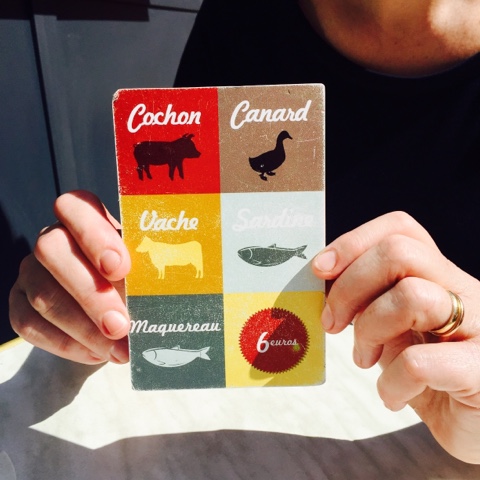Kategori: Uncategorized
Aldri mer ByTaxi
Ten facts about depleted uranium
- depleted uranium is what you get when you take natural uranium, and you enrich it to get enriched uranium for nuclear fuel - the "waste" from this process is the depleted uranium (natural uranium minus enriched uranium equals depleted uranium, to sort of make into an equation <3) reason why it's called "depleted" is that it's depleted in the fissile uranium-235
- natural uranium is made by uranium-238, uranium-235, and uranium-234. The uranium-238 isotope makes up 99.275%, uranium-235 is 0.72%, and uranium-234 is just 0.0054%. Depleted uranium is made up by typically 99.799% uranium-238, 0.2% uranium-235, and 0.001% uranium-234
- depleted uranium is often called just DU
- it's the least radioactive kind of uranium: depleted uranium is less radioactive than natural uranium - meaning it's close to not radioactive at all. Uranium-238 has an activity of 12 445 Bequerels per gram, uranium-235: 80 011 Bequerels per gram, and uranium-234: 231 million Bequerels per gram. The total activity of natural uranium is therefore: 25 280 Bequerel from 1 gram (meaning that 25 280 atoms of the uranium - either 234, 235, or 238 is changed into another atom every second :D), and the activity of depleted uranium is about half the activity: typically 14 600 Bequerels per second. (Don't be fooled by long halflifes - the longer the halflife, the less radioactivity... Activity/radioactivity sort of tells us how fast a material is turning into something stable: if the radioactivity is very high, the halflife is short. If it's very very low, the halflife is long. Uranium-238 has a halflife of 4.5 billion years, and is not at all very radioactive.)
-
the gamma dose rate from a 30 mm DU-bullet (of 271 grams) at a distance of 1 m is 7 nano sieverts per hours, which is almost not distinguishable from the normal background radiation of typically 100 nano sieverts per hour. If you take 10 kg of DU and disperse it over 1000 m2 the result is a gamma dose rate of 4 micro sieverts per year (the average background radiation from gamma in Norway is 0.5 milli sieverts)
- DU is extremely dense, and therefore very heavy. Natural uranium is already a metal of high density, with 18.9 g/cm3, and DU is even more dense: 19.1 g/cm3 - making it almost 70% denser than lead
- because of the extreme density, it's used as ammunition; since a projectile made from DU has a bigger kinetic energy than if it were made by lead, and therefore it will penetrate or destroy almost anything. Also, if a DU bullet hits a tank, all the energy that it's carrying will turn it into dust, and the heat generated will make it burn. If you're in a tank that's hit by a DU projectile - it's not exactly the radioactivity you should fear...
- DU is actually the best kind of shielding you can make to protect yourself against gamma- or X-rays. It's even better than lead, since uranium has 92 protons in the nucleus, compared to only 82 in lead. (You could also shield with natural uranium, but since natural uranium has more of the uranium-235 isotope than depleted uranium, and 235 is more radioactive than 238 and DU, you would rather use DU than natural uranium)
- uranium (thus also depleted uranium) is a heavy metal, like lead, and this fact is the main reason it's not very healthy - not the radioactivity. You take natural uranium, and make into something that's about half as radioactive as it already was. It's not like you make a new radioactive material.
- depleted uranium is also used as counterweight in airplanes like the Boeing-747; that carries around 250 kg of DU. I didn't know this until I started reading all I could find about the 1977 Tenerifie aircrash. I definitely learned something new, and now I want to learn more about counterweights 🙂
Friday FACTS: cosmic radiation
-
- cosmic radiation is a mixture of particles, like protons, neutrons, alphas, and electrons, and gamma- and X-rays. Most of it comes from outside our solar system, and a small part comes from the sun
- when the solar activity is high, there is more radiation coming towards the earth (since the small part that comes from the sun becomes larger 🙂 )
- our atmosphere works as a radiation shield for us; the cosmic rays come into it and interact, so that the rays/particles are either stopped completely, or at least lose their energy - which is a good thing for us here on Earth 🙂
- the intensity of the cosmic radiation changes with altitude - which is sort of logic, since you move “closer to space” if you climb up on a high mountain, or you get on a plane, so that there’s less atmosphere to stop whatever rays that are coming towards us from outer space. When you go from sea level to around 1600 meters above sea level, the intensity of the cosmic radiation doubles. If you go to 5000 meters, the radiation is 8 to 10 times more intense than at sea level, and if you’re on a plane, at 8500 meters above sea level, the level of radiation is 40 times higher than at the ground
- pilots and air attendants are actually classified as radiation workers; even though I work in a nuclear physics lab, with the cyclotron (that produces ionizing radiation), and with actual radioactive substances, they receive a higher dose each year than I have ever received
- there are four factors that decides how big of a dose you will receive: solar activity (more activity from the sun means more particles bombarding Earth), time (if you spend a lot of time in a plane, 10 000 meters above sea level, you will of course receive a larger dose than if you spend little time at these altitudes), altitude (the higher you go, the more radiation - see point number 4), latitude (the shielding is better around equator that towards the poles - at typical flight altitudes, the difference between the cosmic ray dose rates at the equator and high latitudes is about a factor of two to three)
- normal, average annul dose from cosmic radiation is 0.35 milli Sievert (this is not much - in Norway, we receive around 2 milli Sivert from radon gas, 0.6 from medical use, 0.55 from external gamma radiation, 0.35 from internal gamma radiation, and then just 0.35 from cosmic 😉 )
- the annual dose for pilots and air attendants is somewhere between 2 and 3 milli Sivert per year; which means that if you work on a plane, your dose is well below the normal annual limit for radiation workers that is 20 milli Sievert, but more than the general public is allowed to receive (still not much - it just means that the dose limits for “members of the public” is really really strict 😉 )
- the dose you receive on a long distance flight (like Oslo-Tokyo back and forth) is four times bigger than the total dose the average Norwegian receives from fallout from the Chernobyl accident in April 1986, from that year and 50 years into the future. (This does NOT mean that you receive a big dose from being on a plane, but that the dose we get from Chernobyl in Norway is small.)
- flying to the Mediterranean will get you an extra dose from cosmic radiation, equal to one meal of reindeer meat with a radioactivity of 10 000 Bq/kg. A pilot receives something equal to 100 such meals every year. If you have been scared into believing it's dangerous to eat Norwegian reindeer meat because of the radioactive downfall from Chernobyl 30 years ago, then you definitely shouldn't fly… (hint: fly as much as you want to, and eat the reindeer you want to - it's not doses that are dangerous to you; they might even be positive 🙂 )
Back and forth to Tenerife is about 13 hours on a plane, in roughly 10 000 meters altitude. This means that when we get back to Oslo, we've all received an extra dose of radiation of 0.065 milli Sieverts (this is just a very rough average estimate, since I haven’t really taken into account where we are flying, or where in it 11-year cycle the sun is just now - I actually have no idea of that , but maybe some of you guys know? 😛 ).PS: I didn't manage all my goals, but at least I did "finish" my article draft, and I sent it off to supervisor Jon on Friday. Also, I'm planning on plotting some stuff while I'm here - not exactly working, but sort of maintenance 😉
Goals
- Finish my article draft and send it off to Supervisor Jon; so that we can discuss it when I come back again (and hopefully also he won't think I'm stupid and lazy)
- Finish the curve fitting of my analysis: these results are important in the article I'm starting to finish, and they will be used for further analysis - see goal 3.
- Use the curve fitting results from goal 2. to calculate** stuff (this will go into another article <3)
- Refresh my memory of the fission gamma ray part of the uranium experiment, and reply to an e-mail about this. (If I'm really good, I'll also make some drafts of some figures from this analysis, that will go into a third article 😀 )
Similarities between pregnancy and working on your phd
Then suddenly: point of no return, and only the really hard and horrible part left! *panic panic panic*
You realise that you actually have to give birth, and it's scary, and you don't want to, and you don't think you can... And it's no fun anymore. Definitely too late to go back!
Or when there's not much time left (December is the very last month I'll receive any salary from the University, so it would be sort of nice to be finished at leas by then) before you have to hand in your PhD thesis. And to do that you actually have to write these things that have to be published in real scientific papers (Wikipedia can't help you now), and if you manage that you have to defend everything - in front of an audience, and they will ask about everything, and maybe even be mean :/ And it's no fun anymore. And you can't go back after so many years "publicly" working on a PhD!
I guess it's only the hard part left.
I did manage the last, hard part of being pregnant, though, and it all went really well - also the time after <3
But I do feel like it will be extremely nice when this is all over, and I can look back and say I did it! (Hopefully...#fingerscrossed)
God påske, med bokanbefaling
ville skrive en enkel og underholdene bok om hva evolusjon egentlig er. Jeg ville skrive den slik at folk uten spesielle forutsetninger kunne starte på side 1, fortsette til siste side, og deretter si seg selv at "Nå vet jeg noe!"
Boken er først og fremst beregnet på normalt utrustede, oppegående og nysgjerrige folk. folk som har lyst til å vite. Jeg skriver som alltid for den oppvakte 15-åring, så boka burde være utmerket for lærere, studenter, journalister, prester, ministere, kreasjonister, ateister og scientister - og andre som måtte ha lyst eller behov for å vite.
-de første plantene som løste koden, oppførte seg omtrent som eiendomsutviklere i Bjørvika i Oslo: breia seg ut og skygget ut Gamlebyen
-skal du gli gjennom vannet, overleve ved å unnslippe rovdyr, fange byttedyr og så videre, er det greit ikke å se ut som en murstein
-dinosaurene var ikke utdaterte - bare uheldige
-det er bare i politikernes og naturvernernes eventyrbøker at naturen befinner seg i en tilstand av harmonisk balanse
-av og til går hele systemet på en smell, og vi må starte nesten forfra igjen. Gang på gang på gang har dette ført til at gårsdagens helter er blitt dagens tapere
-moralen er? At en perfekt verden ville vært en utrolig kjedelig verden. Hadde alle molekylene kopiert seg selv perfekt, hadde ingenting skjedd. Ingen celler, ingen flerceller, ingen dinosaurer, ingen mennesker, ingen softis.
-det ville neppe vært akspetabelt å overlate konstruksjonen av et nytt skolebygg til en mann som benekter tyngdekraften. I Norge kan du imidlertid benekte evolusjon - for deretter å ta deg jobb som lærer i biologi. I hvert fall syntes vår nåværende kunnskapsminister Torbjørn Røe Isaksen å mene dette da han forsvarte Sigve Brekke i Aftenposten i 2012.
(...) Torbjørn Røe Isaksen er antagelig langt fra kreasjonist - men på den annen side, han vet åpenbart ikke at evolusjonsteorien er vitenskapens best dokumenterte teori. I Norge kan man nemlig anse seg som dannet uten å ha den fjerneste innsikt i sentrale naturfaglige emner.
In Cannes
My grandpa has an apartment in Cannes, at the French Riviera, and when my mother asked me if I wanted to join her there for a couple of days during Easter I wasn't at all in doubt whether to say yes.
This place that we visited today was awesome: they had this menu, where everything costed 6 euros, and everything was for sharing. We chose the most delicious cheese and duck terrine (terrine de canard) - perfect!
Farris bad
Frykt og avsky i Fukushima
Bombardert av svada




































